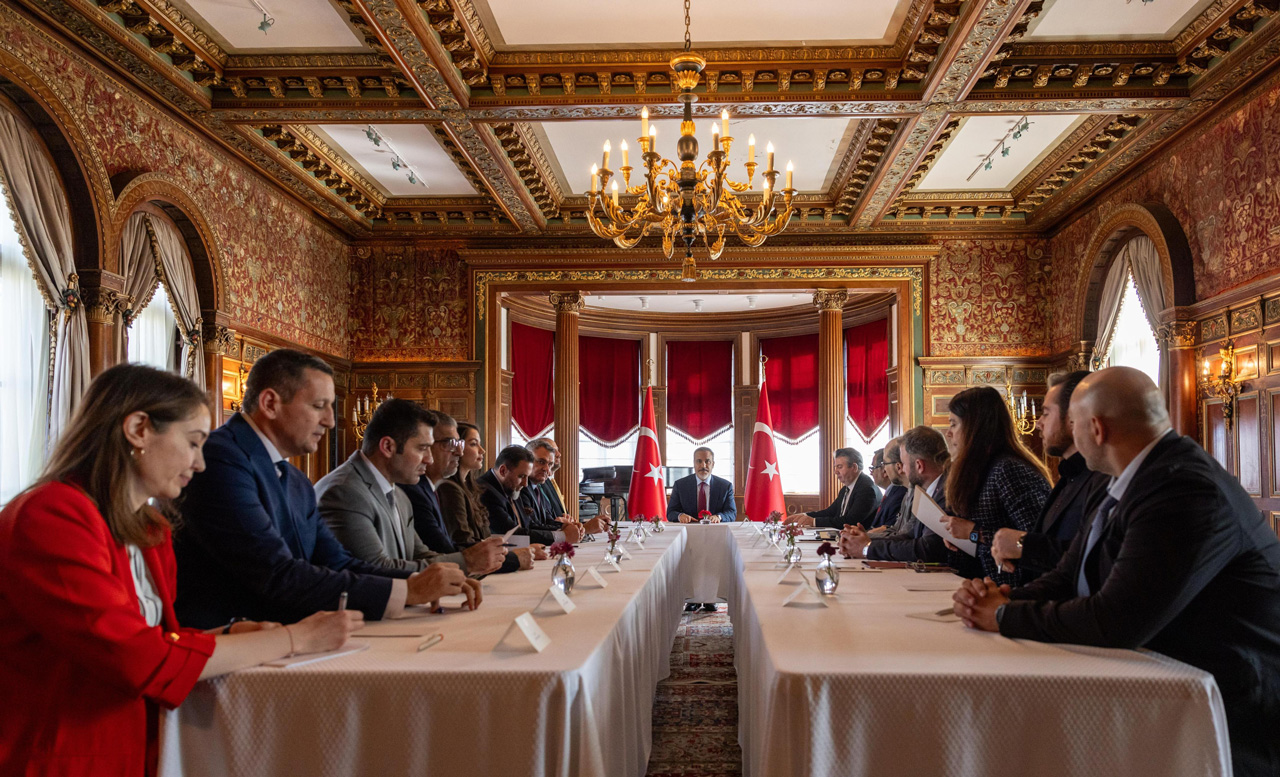
On Putin's moves, from Kazakhstan to Ukraine
Considering the Russian president's strategies, the question is whether there can be a third option somewhere between war and reconciliation
Share
The protests in Kazakhstan took place on the 13th anniversary of the Soviet Union’s disintegration. Whether or not that was a coincidence remains unknown. Yet the Collective Security Treaty Organization’s (CSTO) quick response to Kazakh President Kassym-Jomart Tokayev’s request for help was no coincidence at all.
Having seen the West break its promises about NATO’s expansion, which were made as the Cold War ended, and having witnessed the "color revolutions" in 2000-2005, Moscow made preparations to involve itself in the future of countries in what it sees as its sphere of influence. The organization was founded in 1994, yet Russia’s reaction against NATO’s expansion and its policy of intervention in crisis areas, including the Middle East, coincided with Russian President Vladimir Putin’s strong leadership. Indeed, the Kremlin demonstrated that it would not allow the West to control Georgia (2008) and Ukraine (2014). The Ukraine crisis remains a source of friction between Russia, and the United States and Europe. The Russians have expressed their demands and official talks kicked off earlier this week in Geneva. It remains unclear, of course, whether those proceedings will yield any results.
Speaking at the CSTO’s videoconference last week, Tokayev said his country had survived a “coup attempt.” Putin, in turn, warned that the CSTO would not “allow color revolutions in the region.” To be clear, the CSTO’s rapid deployment of troops to Kazakhstan, having turned down similar requests from Kyrgyzstan in 2010 and Armenia in 2020, reflected the firm commitment that Putin referenced. Both the Russian and Kazakh presidents, however, were careful to underline that the peacekeeping forces would remain in Kazakhstan “for a limited period of time.”
Tags »
Related Articles








